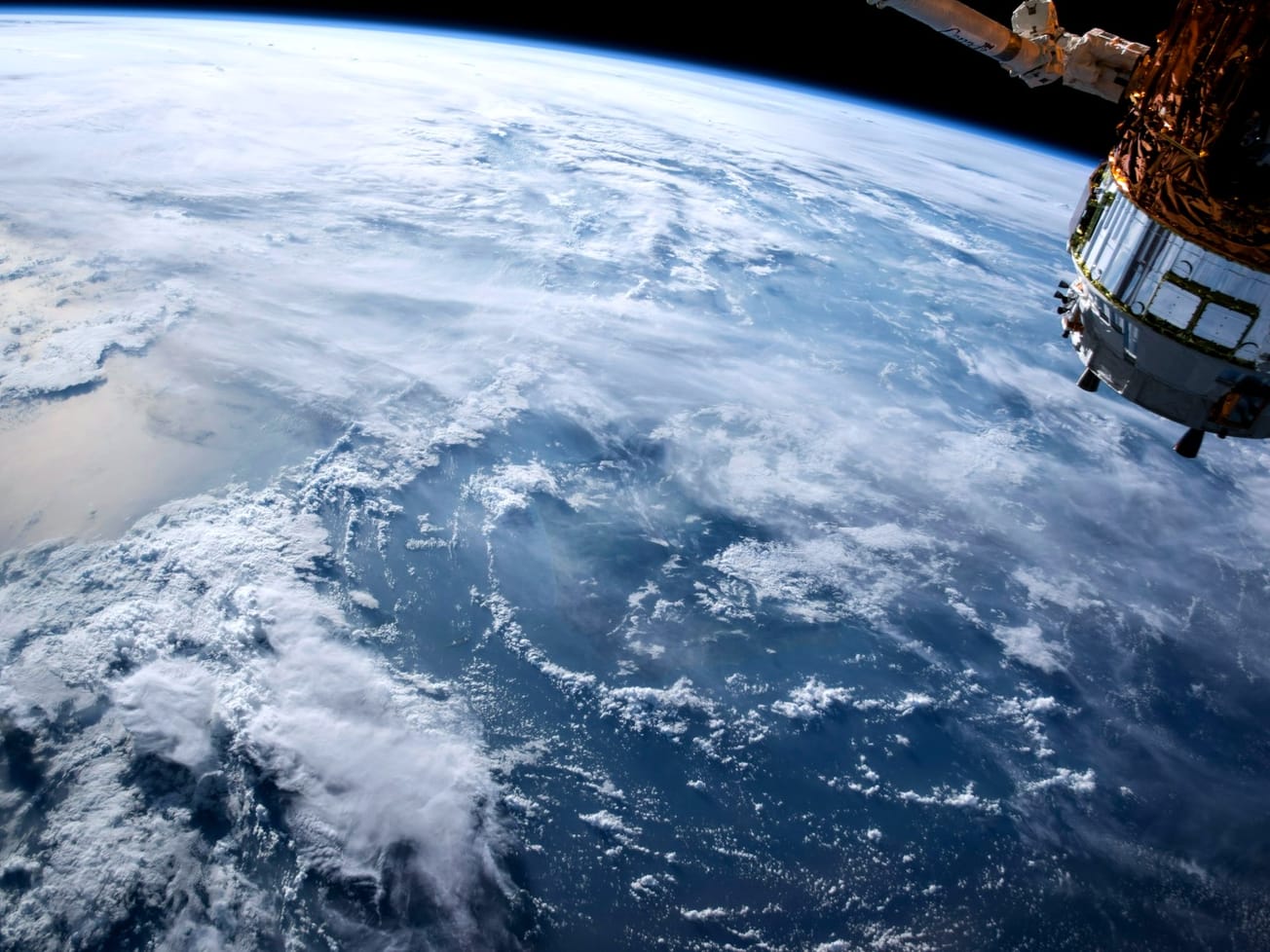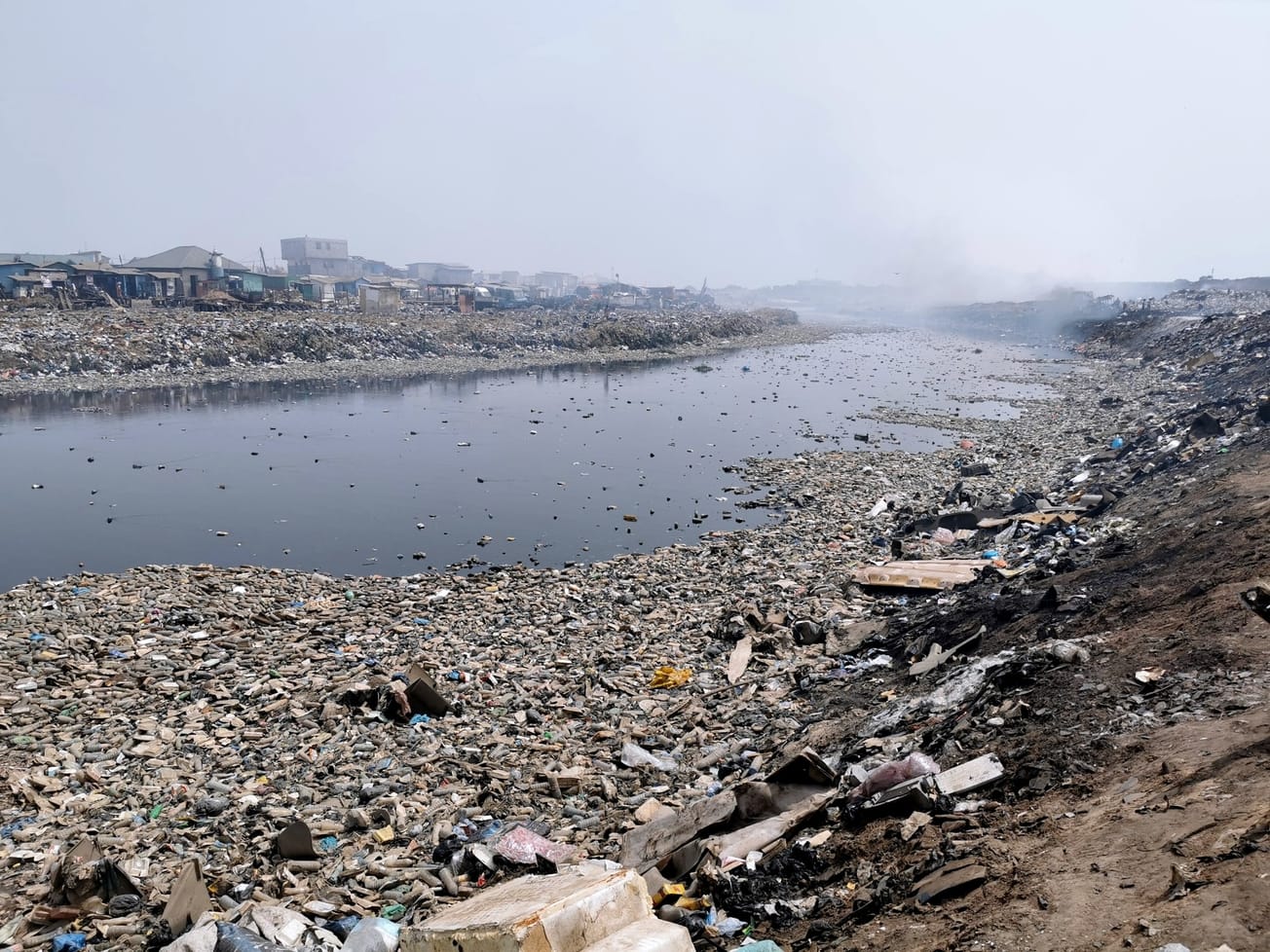GENEVA (AN) — Scientists say global efforts to fix the ozone hole over Antarctica are progressing as atmospheric abundances of tropospheric chlorine and bromine from long-lived ozone-depleting substances decline.
What's new: There's "growing evidence that the ozone layer is indeed on track to long-term recovery," the World Meteorological Organization said on Monday while issuing its WMO Ozone and UV Bulletin for World Ozone Day. "Given that some ozone-depleting substances also function as greenhouse gases, their phaseout is an added bonus for the climate."









